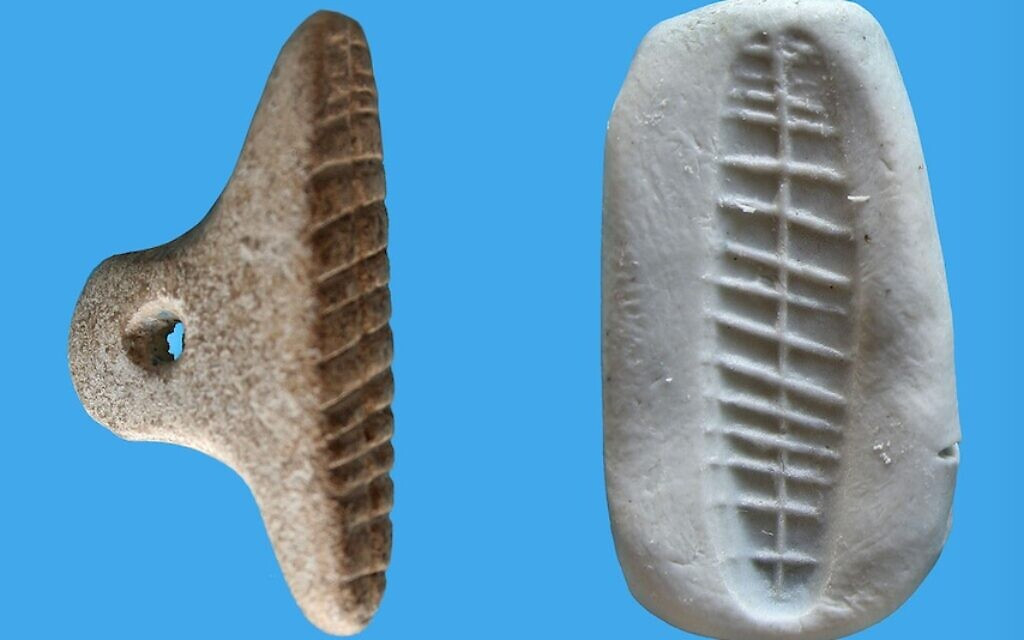ART WORLD NEWS
7,000-Year-Old Stamped Seal Found in Prehistoric Levant Village
A stamped seal in the ancient village of Tel Tsaf dating to the 5th millennium B.C.E. has been unearthed, according to a study in the journal Levant by archaeologists Michael Freikman and David Ben-Shlomo, of the University of Ariel and Yosef Garfinkel of the Hebrew University of Jerusalem, respectively.
Of the nearly 150 seals that have been uncovered at the Tel Tsaf site, this one is the only stamped one. Additionally, it is the oldest stamped seal ever recovered in Israel.
In the 5th millennium B.C.E., Tel Tsaf wealthy inhabitants had the means to purchase goods from Mesopotamia, Turkey, Egypt, and the Caucasus. The study suggests that the stamped seal could be a sign of the region’s rich trade system, and that it was related to administrative practices. A seal would have been used to identify an individual, so it may have been used to authenticate documents.
Related Articles
The stamped seal’s dark grey clay bears two distinct designs: a geometric impression with nearly a dozen horizontal lines crossing a long vertical one, and another with parallel zigzag lines. An impression of rope on the underside indicates it was “applied to some hard and flat surface bound with rope before being impressed by two or three different seals,” the researchers write. Since it was found in a storage room, they believe it may have been “intentionally kept as a record of previous trade, or as proof of completion of a transaction.”
Previous discoveries made at Tel Tsaf include pottery, beads, shells, animal bones, and flints, as well as a clay figure resembling a dog. There have also been a number of uncovered burials, including one of a woman who was interred with a rare metal awl, obsidian beads, and an ornate belt made of 1,668 ostrich eggshell beads. Additionally, archaeologists have found small pieces of reshaped pottery, which they believe functioned “as mnemonic devices or tokens used to track the amounts and types of stored goods,” according to the Levant paper.
Based on the immense storage facilities archaeologists have discovered, the people who lived there had a surplus of grain, which may have been sold in exchange for certain goods. Seals like the newly found one may have been used on containers brought in and out of the village to mark them as shipments for transporting that grain. With written language not yet invented, this would have been an important form of communication, commerce, and property demarcation, especially for the hub of a local trading network.











